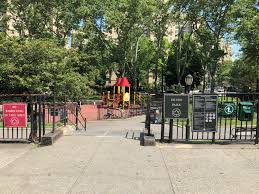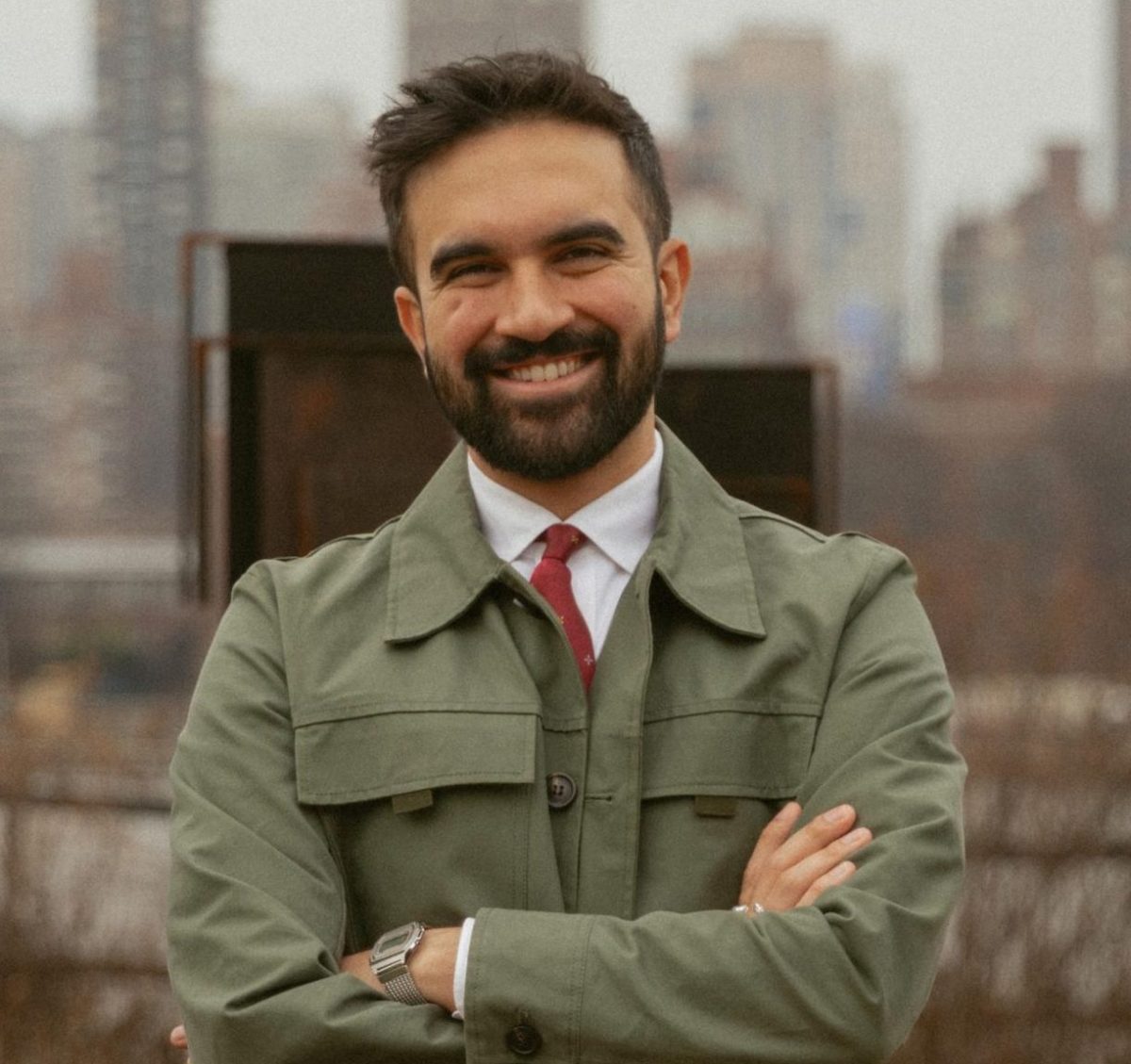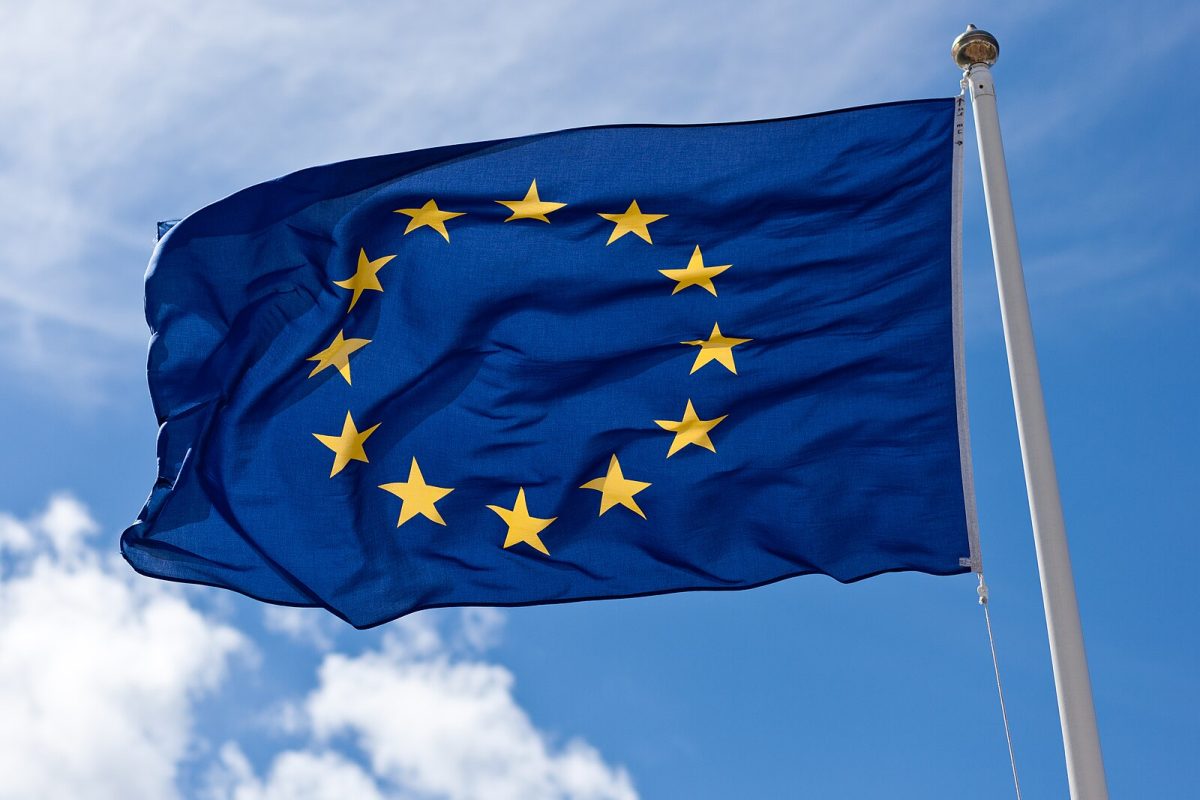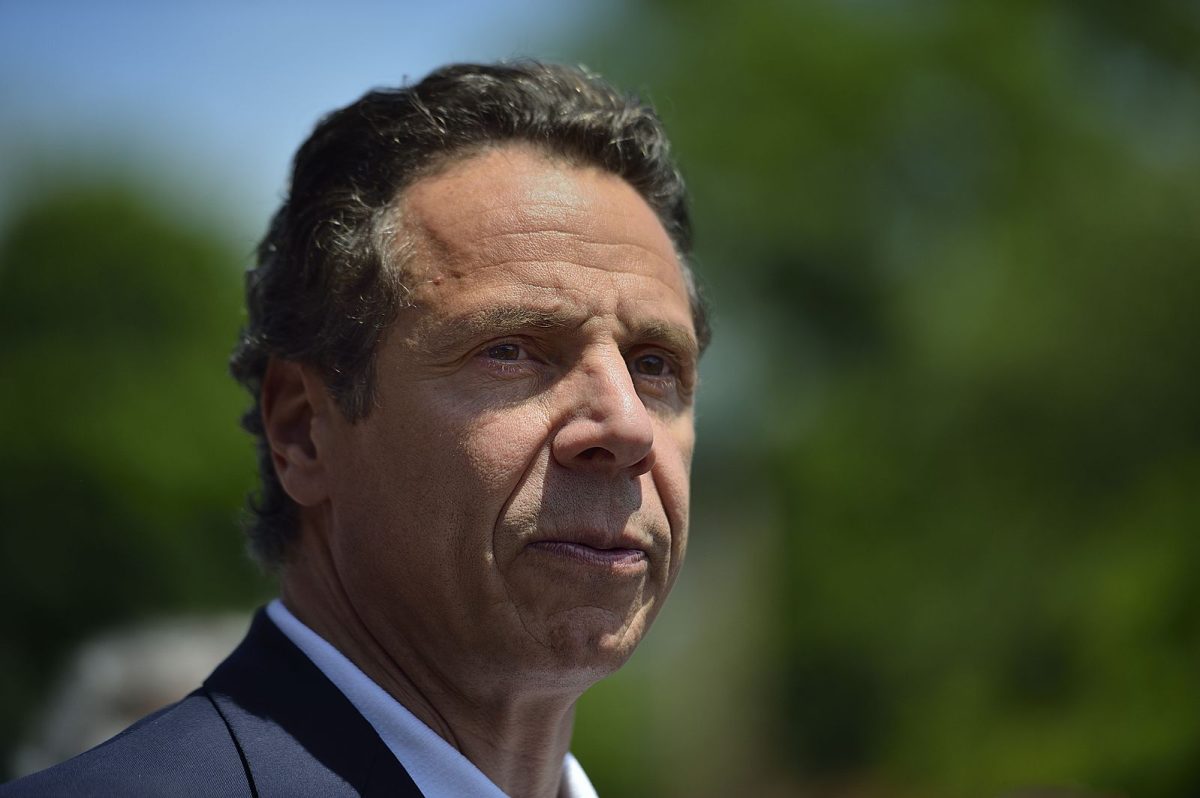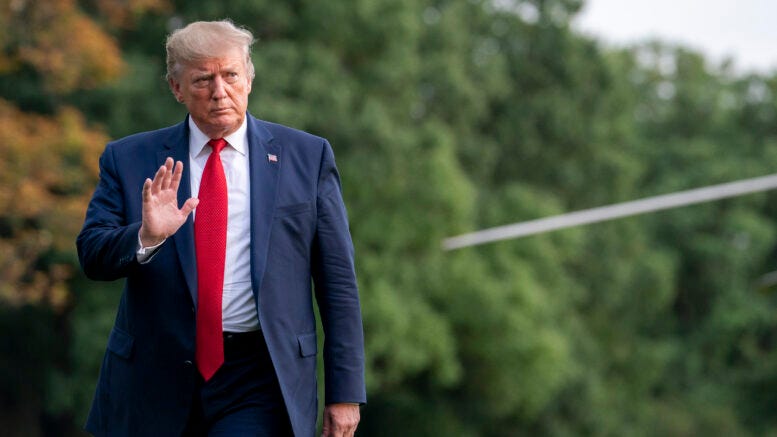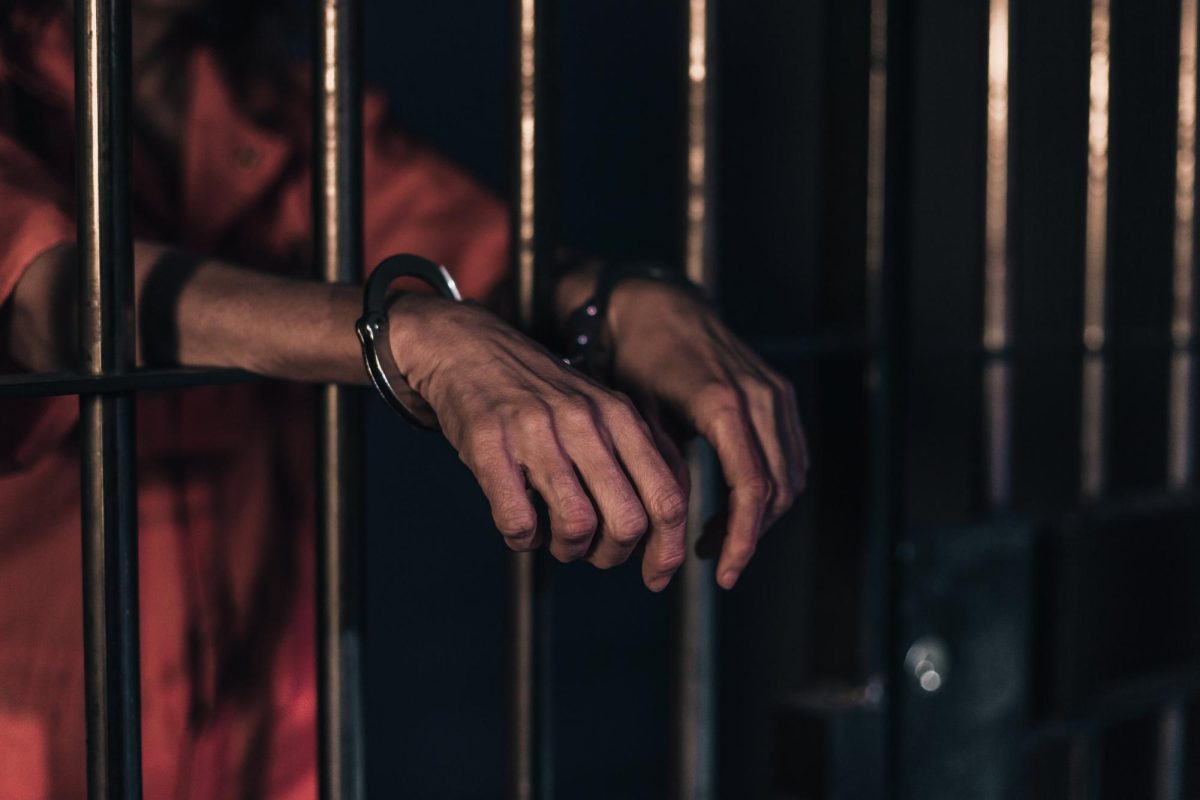Prioritizing greenspace is crucial for the well-being of our city’s inhabitants, fostering both physical and mental health benefits. Deliberate investment in and careful monitoring of the integration of nature into school grounds is necessary.
These green school grounds can serve as valuable community assets, providing accessible green spaces for local residents outside of school hours. Long-term investment in this area with ongoing monitoring to ensure the quality and accessibility of these spaces, will yield lasting benefits for both students and the wider community.
In April, New York City Councilmember Gale Brewer helped introduce a package of legislation aimed at requiring the city to create an annual plan to expand public access to school playgrounds, including by keeping them open after school and on weekends. This legislation is a key step forward on the issue.
The legislation comes a few months after a city report found that it would cost $49 million a year to extend schoolyard hours — turning what was once a budget estimate into a growing political priority.
One aspect of the legislation mandates that the Department of Parks and Recreation collaborate with the Department of Education to develop and submit an annual plan to the Mayor and City Council Speaker for expanding public access to school playgrounds.
This plan must prioritize playgrounds in environmental justice areas and, for the following year, include: a minimum of 25 school playgrounds suitable for weekend and after-school public use, jointly maintained and operated by DPR and DOE; a clear outline of DPR and DOE responsibilities for increasing public playground access; the estimated budget; and any potential implementation challenges.
The proposed legislative package includes a provision for routinely assessing the necessity of drinking fountains in DPR locations bordering non-park land. The bill would mandate the installation of a specified number of new drinking fountains.
Int. No. 643 would create a plan that would identify and facilitate the use of indoor basketball courts and gyms for organized basketball leagues to use when weather would not permit use of outdoor basketball courts.


